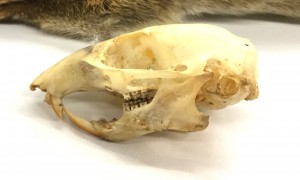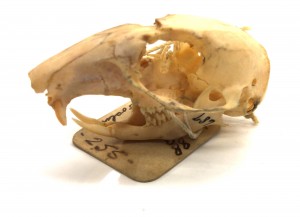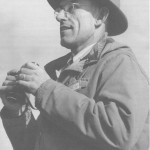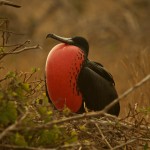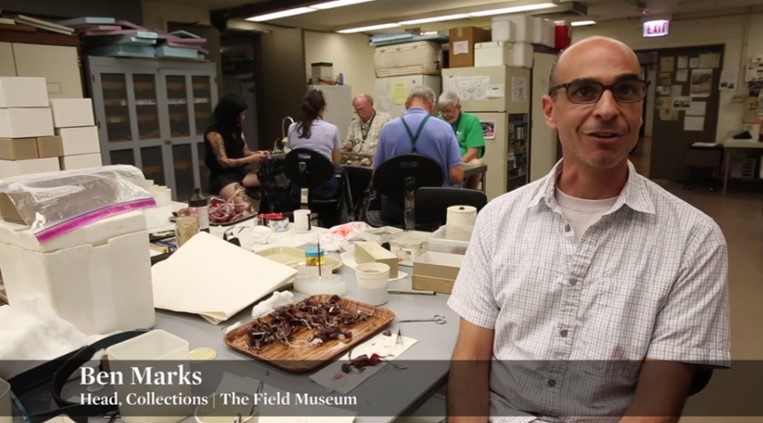Today we explore how mammals spend the winter. Some of them migrate, though often not in response to the cold but rather to changes in rainfall, some hibernate, but many adapt to cooler temperatures. To keep warm, they grow thicker fur, they may collect and store extra food to eat it later and they find shelter in tree holes or burrows. Some may even huddle close together to benefit from each others body heat.
Some sixty species of mammals call Ohio home. The ones that you are probably most familiar with, because they are fairly large in size, active during the day and frequent your garden, are the Eastern gray squirrel and white-tailed deer. At dawn and dusk you may catch a glimpse of a racoon or an opossum. The latter two can be seen looking for food at times, while they sleep through periods of bad weather.
If you have an acorn-producing oak tree in your garden you may have noticed squirrels foraging busily and collecting acorns that they store in safe places so they can retrieve them when the ground is frozen and covered with snow. Squirrels do not hibernate, they slow down their activity and may sleep for days when a snowstorm hits. They build nests out of twigs and leaves in the top of trees where they hide and stay warm.
- Eastern chipmunk
- skull of Eastern chipmunk
- Eastern chipmunk with acorn-stuffed cheeks
Their close relative, the Eastern chipmunk, also does not hibernate. These little creatures are now busy collecting food that they scurry down into their newly dug burrows. They do not hibernate even though you may not see them until spring. They sleep in their burrows and wake up periodically to feed on their stores. On a warm winter day you may even be lucky to see one run across the snow.
- thirteen-lined ground squirrel study skin
- and its skull
The Eastern chipmunk has a close relative in Ohio, the thirteen-lined ground squirrel, also known as the striped gopher. It inhabits grasslands and prairies in North America and as these habitats are disappearing makes use of substitutes, such as cemeteries. They often are not welcome guests though due to their extensive digging habit in these and other open areas such as golf courses. Their burrows are important though as they hibernate in them. In fall, these little creatures put on a layer of fat and prepare to sleep through winter. They truly hibernate, i.e. their body temperature, heart rate, breathing and metabolic rate drop below normal levels. Thirteen-lined ground squirrels can spend up to 6 months of the year in hibernation!
Next week we will reveal how some of the species associated with our current fundraiser survive(d) the winter, so please check back to find out about the Bachman’s Warbler, Indiana Bat, Allegheny Woodrat, Carolina Parakeet, Eskimo Curlew, and Passenger Pigeon. If any of these species are dear to your heart, consider donating for their preservation!




